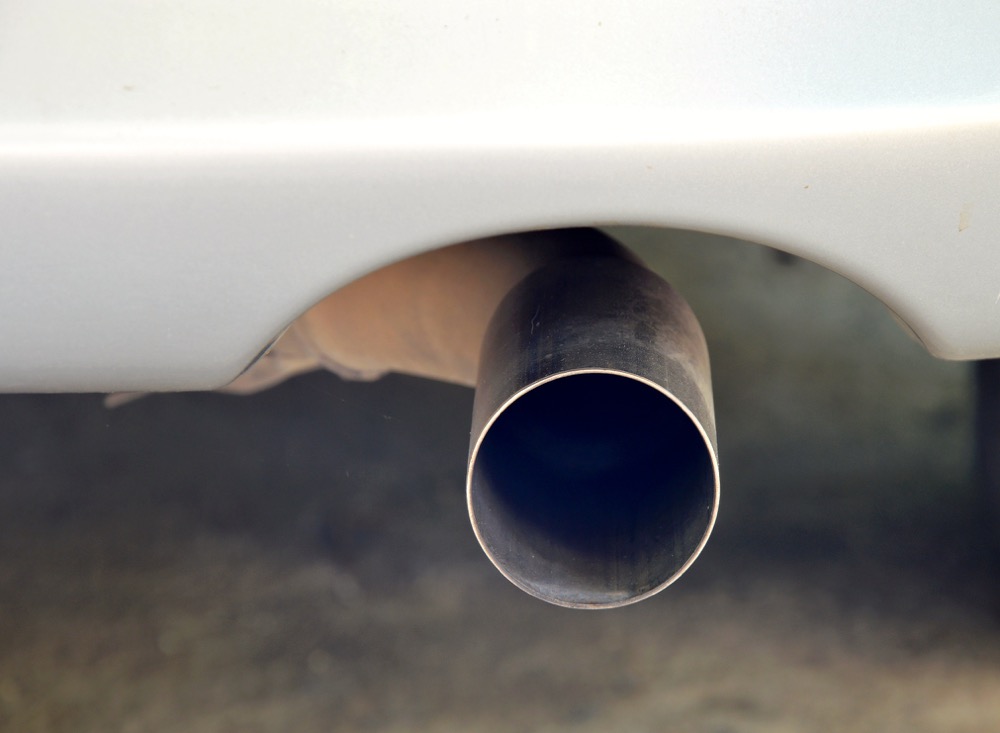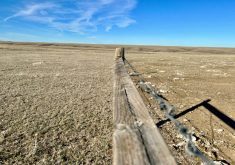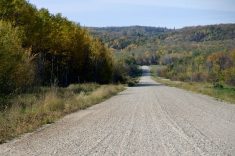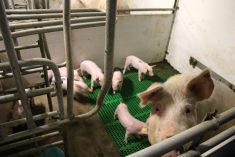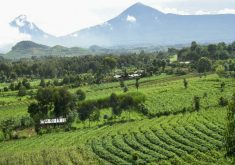The solution to pollution is dilution is an old saying, but unfortunately there is a limit to its truth.
For well over a century we have been mining, drilling and burning fossil fuels as if Mother Nature intended us to.
One gallon of gas can give the equivalent of 600-man hours of labour. Coal and petroleum products have changed the world, allowed us to move faster, further and carry and pull heavier loads, in other words do more work in less time.
Nobel prizewinner Norman Bourlaug, father of the Green Revolution, observed that on his parents’ poor Iowa farm, four things happened to pull it from being a subsistence farm with lots of human drudgery and periodic food shortages to a productive farm business with surplus production and labour. The four innovations were greatly improved genetics, tractors, commercial fertilizers, particularly nitrogen, and electricity. Three of the four were largely made possible by cheap, powerful petroleum fuels.
Read Also
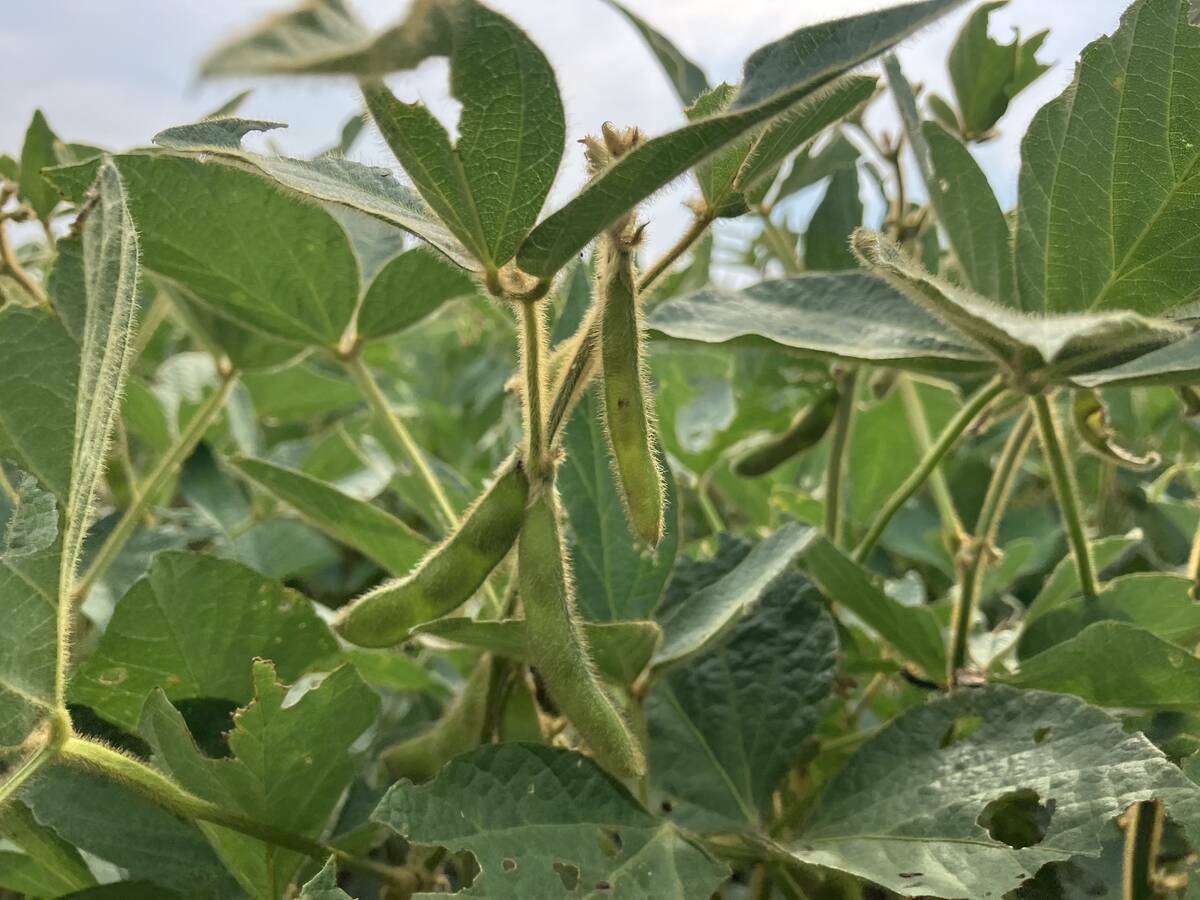
Lack of China trade deal threatens soybeans, canola market
American soybean growers – and by extension, Canadian canola growers — are, at some point, in for big disappointment on their grain market realities.
Today, these wonder products, used for the last 100 years, have also had huge negative consequences for our planet. As a whole we have ignored the ‘canary in the coal mine,’ but the truth is mankind has — and continues to — release huge amounts of greenhouse gases, resulting in rising global temperatures.
Scientists are not making this up. The facts are clear but like the ostrich we — and particularly politicians, spurred on by special interest groups — have tried to ignore the facts for too long.
Unless mankind stops using fossil fuels or can find safe ways to capture greenhouse gases, the earth’s temperature will continue to rise and with it will come catastrophic consequences. Melting ice caps and glaciers will cause sea levels to rise, threatening and destroying low-lying islands and coastal cities. Rising temperatures may allow heat-loving crops like corn and soybean to be grown farther north, but in many parts of the world, the temperatures will become too hot to support agriculture.
Food shortages will become even more of a reality, despite our best efforts to adapt. As temperatures rise, methane trapped in the permafrost is released, further contributing to the rise in temperature. Oceans will begin to acidify, releasing even more CO2. The temperature rises and species start to fail.
Some scientists say we are doomed, we will not be able to act fast enough and far enough to prevent the catastrophe. Others say we can win if we act collectively, urgently and purposefully. Not just say we are going to do it someday.
There is a concept in biology called carrying capacity. For any species at any point of time, the ecosystem will only support a certain population. Ancient civilizations collapsed because their population exceeded the local food supply. Mankind has in the last 200 years, with huge reliance on petroleum products, been able to increase the ability of the earth to feed, house and transport a massive population. And through innovation and co-operation we can continue to do that, but not if our climate is compromised.
In my own personal journey to try to understand if global warming was real, I started at a point of disbelief. Then I moved to dismay as ice caps and glaciers are melting and shrinking. Then it was “so what,” after all, the world supported dinosaurs when the world was 4 C warmer than today. Plant growth had to be abundant to be able to support such enormous species. Nothing can grow to be 10 to 90 tonnes in size without food. So what’s the problem? Time is. It took millions of years of evolution for the dinosaurs to develop, then BANG, an asteroid collision caused global cooling. Dinosaurs went extinct and today’s species evolved again over millions of years.
Humans as a species have extraordinary minds and ability do to what the earth has never experienced before. But how fast can we adapt to our own “asteroid” of our own making?
The impact of ours is not instantaneous as it was with the dinosaurs, it is insidious, incremental and exponentially impacting our climate, our ecosystem, our food supply. If we continue, the impact of our “asteroid” will be no less profound, a collapse of ecosystems worldwide.
In order to stop the global temperature from rising 2 C above the benchmark temperature, and we’re already about halfway there, we are told we need to reduce fossil fuel use by 90 per cent as soon as possible, as early as 2020.
Of course the challenge is, we like what we have. Nice houses, powerful engines, little human drudgery, abundant and cheap food and ample leisure time. Why should we change? It is hard to change, to accept reality when we are so comfortable.
Is carbon pricing the solution? The answer is it is sort of easy but also very hard. To reduce our fossil fuel use by 90 per cent by 2020 we’d need to either price carbon at $500 a tonne or even resort to outright bans. We can’t adapt that quickly.
At $10 a tonne, no one will care. It’s just a few cents a litre difference, less of a change than routinely occurs in a given week on petroleum markets. There’s no reason for us to change or innovate.
We may have to apply reverse engineering to this problem, the same way we were able to put a man on the moon. Set the goal and work backwards to get to targets and work schedules for innovation and adoption to happen.
We may have to adopt a war mentality. As during wars, factories and their management are seconded to build war machines. In our war, these factories would stop building machines that use fossil fuels and instead build machines that produce and use renewable fuels and other alternatives or machines which capture and store GHG.
Closer to home, what do we as Manitoba farmers do? We have bills to pay, existing infrastructure and no easy off-the-shelf alternative to allow us to substitute non-polluting energy.
There is lots of innovation in energy alternatives, alternative farming systems, alternative crops, but little can be taken off the shelves and be implemented next year without a huge impact on the amount of food produced, the number of people required to do the work, the type of food produced and our ability to survive financially.
The impact of the solution would be too fast to absorb.
But the “asteroid” is coming, we can see it. How do we do our part along with the rest of the world to reduce or avoid the impact?
As farmers we can argue about the right price for carbon pollution, or maybe even argue we should be exempt, after all, we produce the food that feeds the world. But we use about 600 kg of greenhouse gases an acre to produce a 60-bushel wheat crop. Only 100 kg are sequestered into the soil. Some of our farms are huge net emitters.
The problem requires everyone to act. No one will get a pass on this one in the long term, which really has only a short term to solve.
The solutions will affect how we fertilize our crops, how we work our fields, how we harvest, what we harvest, where our markets are, and how we get it to market.
From our grandfathers’ time to today, agriculture has changed immensely. But that change is small compared to what we must do in the next five to 10 years.
We can do this. We must do this. The stakes are too high not to. Don’t we want to be able to tell our grandchildren, when they ask us in the future, that we did our part?

